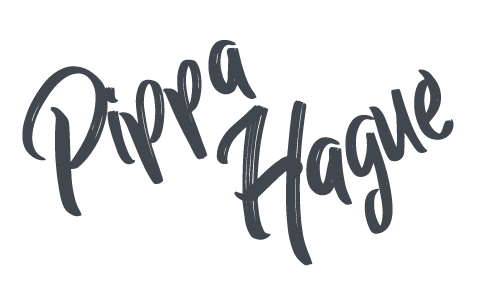Faces
This is the core of my adventures. There is always a balance with travel portraiture, especially capturing First Nation and tribal peoples, where you risk treating your subjects as other, alien, object or different. We are all people, born to lives we did not choose, navigating identity, family, community and society.
Generally children are more fascinated with seeing their own image in the camera than adults and so will engage freely “Jambo Jambo Mrs, take a picture!” Is the happy call that comes from many of the children, followed by squeals of laughter as they happily rib each other for the goofy smiles and cheeky grins.
The Omo Valley was, by far, the most impactful of the more structured anthropological experiences I have had.
The bull jumping ceremony of the Hamar with its dancing, singing and excited whipping of the women of the grooms family was culturally confronting. It took me time to let go of my feminist, cultural imperialism that screamed at the brutality.
The Women of the Mursi tribe with their lip plates, the long neck women of the Karyn tribe, the scarification of the Hamar. Notions of beauty define so much of how we present to our worlds.
Nothing though has come close to the amazing experience of the Goroka show up in Papua New Guinea. 1000 tribes, 800 unique languages PNG is the most anthropologically diverse country in the world. The cultural shows are important point of celebration where the tribes come together for sing sing, to celebrate and protect tribal diversity - and wear their elaborate and ornate costumes and headdresses (bilas) made for the feathers of the birds in their forests and handed from generation to generation.
The images in this collection come from Bali, Ethiopia, Kenya, Papua New Guinea, Thailand and Vietnam




























































